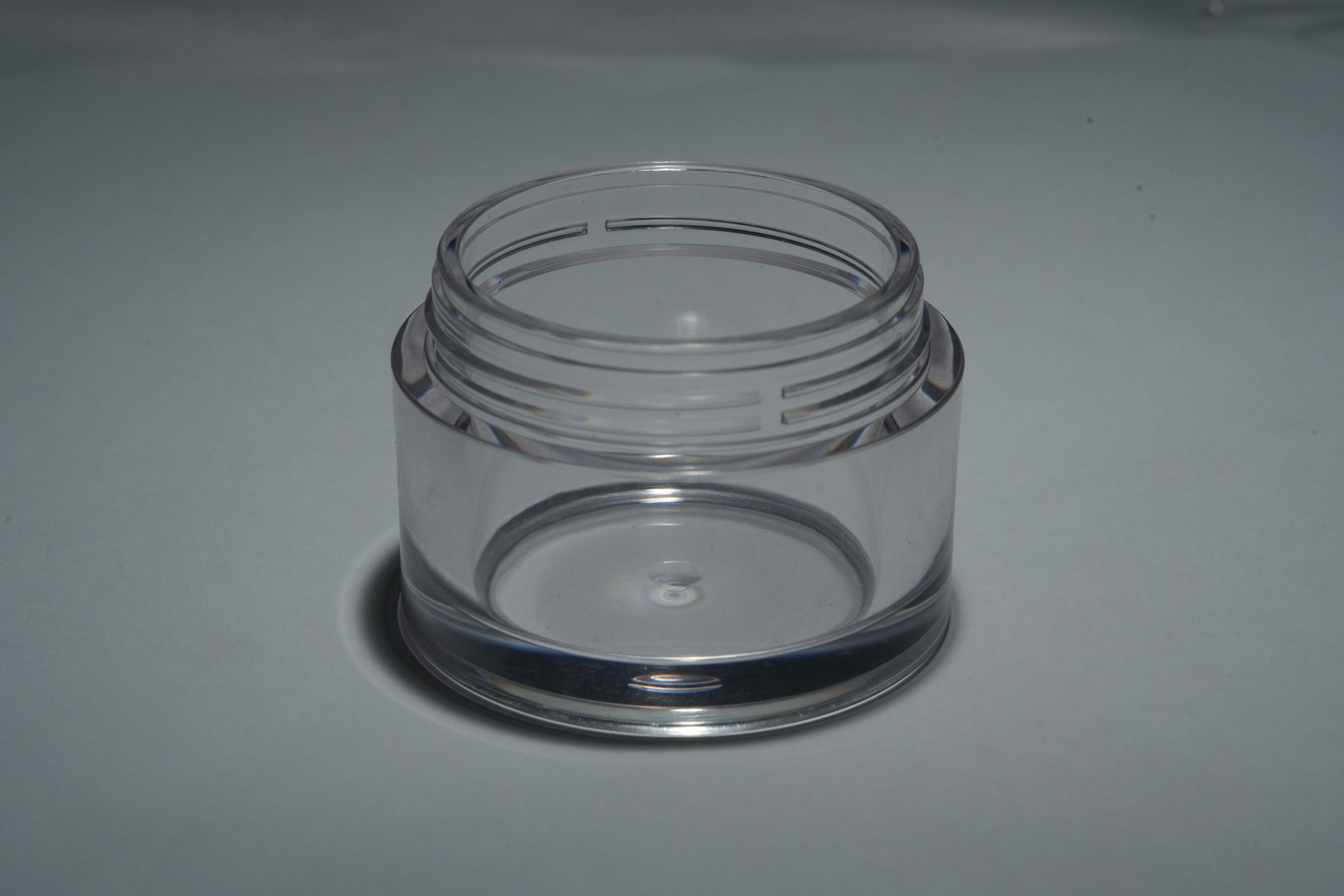
Modifying PET: Enhancing Properties and Expanding Applications
PET, or polyethylene terephthalate, is a high-performance thermoplastic polyester. Due to its excellent chemical stability, mechanical properties, and processability, it is widely used in fields such as beverage packaging, fibers, and electronics.
However, PET materials have certain limitations in terms of heat resistance, toughness, and flame retardancy, which restrict their application in certain areas. In order to overcome these limitations, various methods have been employed in the chemical industry to modify PET and improve its performance and application range.
The methods for modifying PET mainly include physical modification and chemical modification. Physical modification is mainly achieved through means such as filling, blending, and nanoparticle modification. Filling modification involves adding inorganic fillers such as glass fiber and clay to the PET matrix to improve the material's strength, modulus, and heat resistance. For example, introducing aromatic polyimide with good heat resistance into PET can improve the material's thermal stability. Nanoparticle modification utilizes nanotechnology to incorporate nano-sized inorganic or organic particles into PET to enhance its mechanical properties and thermal stability. The use of layered clay to modify PET, for example, can improve the material's thermal deformation temperature and modulus.
Blending modification involves melting blending two or more polymers to form a polymer alloy or blend with new properties. Modification of PET with polyolefins can improve the material's impact strength. Blending polybutylene terephthalate (PBT) with PET can achieve performance complementarity and improve the material's impact resistance and molding shrinkage. Blending ABS with PET can enhance the material's toughness.
Chemical modification mainly involves introducing specific functional groups, such as lactic acid and ethylene glycol, to improve the biodegradability of PET. Additionally, molecular design and post-processing techniques can be used to improve the transparency and heat resistance of PET.
Modified PET materials have found wider applications in packaging, automotive, electronics, and other fields. Flame-retardant modified PET can be used in fire safety areas. High barrier modified PET can be used in household appliances and food packaging. Biodegradable modified PET helps reduce environmental pollution. Toughened modified PET can improve the material's impact strength. Transparent modified PET can be applied in optical products and displays. Heat-resistant modified PET can be used in hot-filled beverages. Surface-modified PET can improve its interaction with other substances. Foam-modified PET can reduce material weight and improve economic benefits.
Wankai New Materials Co., Ltd. has developed modified PET products such as high-brightness PET resins, bright-white PET resins, and high-flow PET resins. These products have been carefully modified by researchers and have shown significant improvements in performance. High-brightness PET resins, bright-white PET resins have achieved remarkable results in terms of brightness, chromaticity, and transparency, with an appearance similar to glass, maintaining high transparency and low haze at any thickness. High-flow PET resins have extremely high fluidity and can be easily processed into different shapes.
In conclusion, with the continuous development of technology, there will be more diverse methods for modifying PET and expanding its application range. In the future, PET materials will play an important role in more fields, bringing more well-being to human society.

